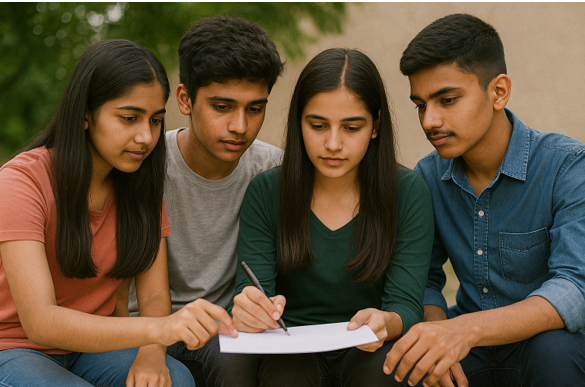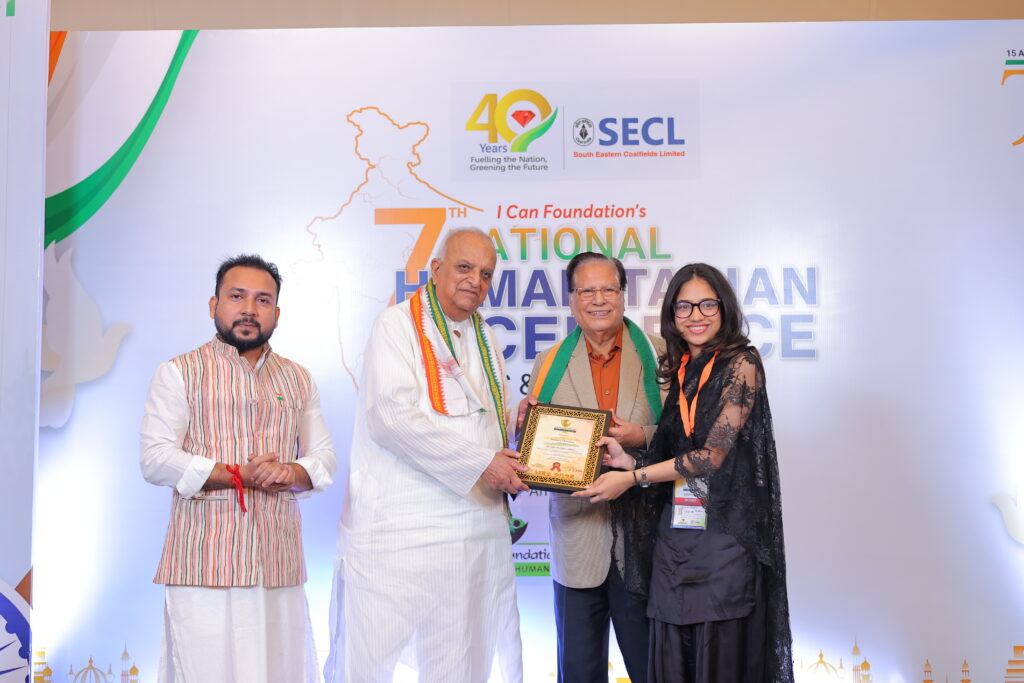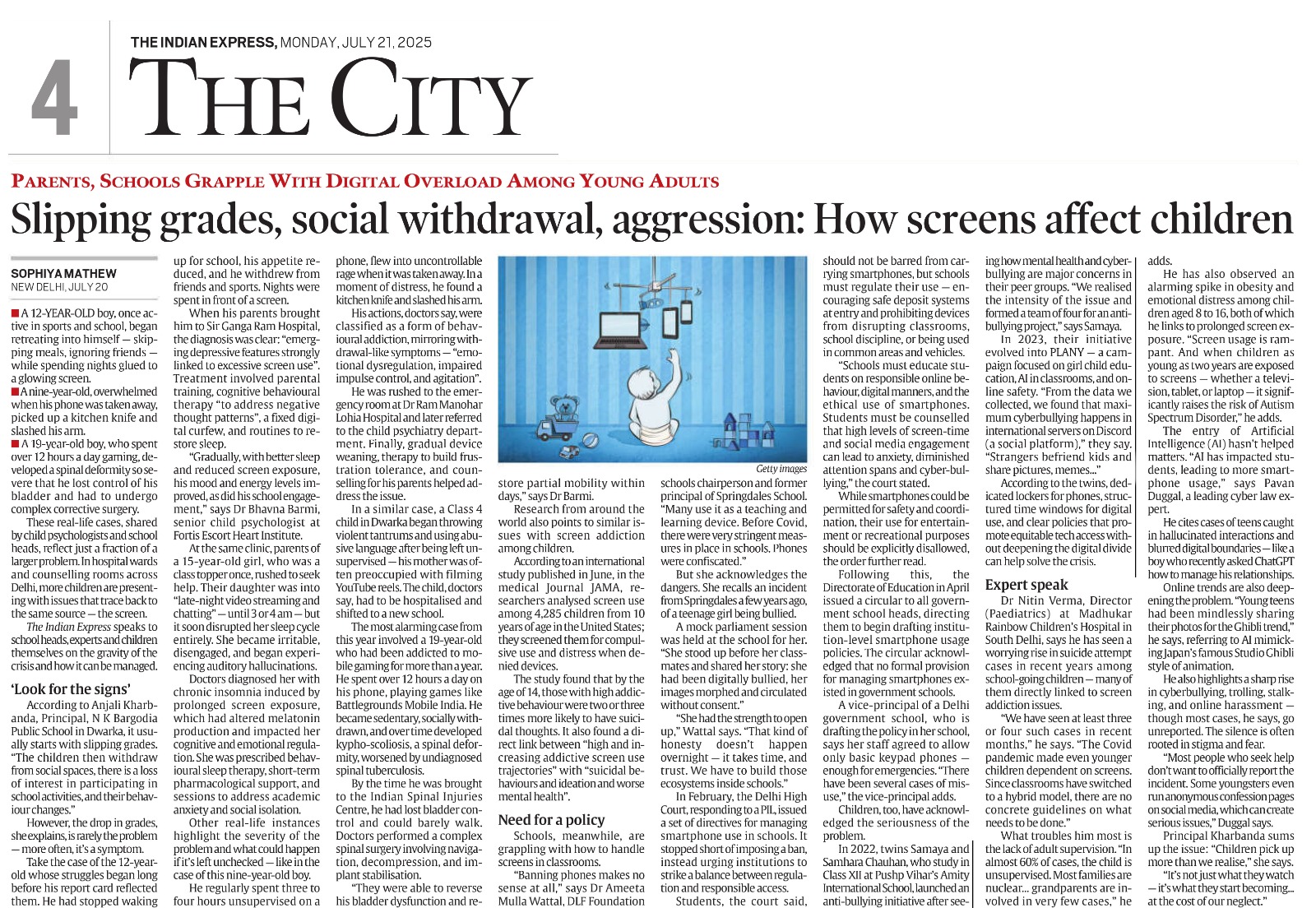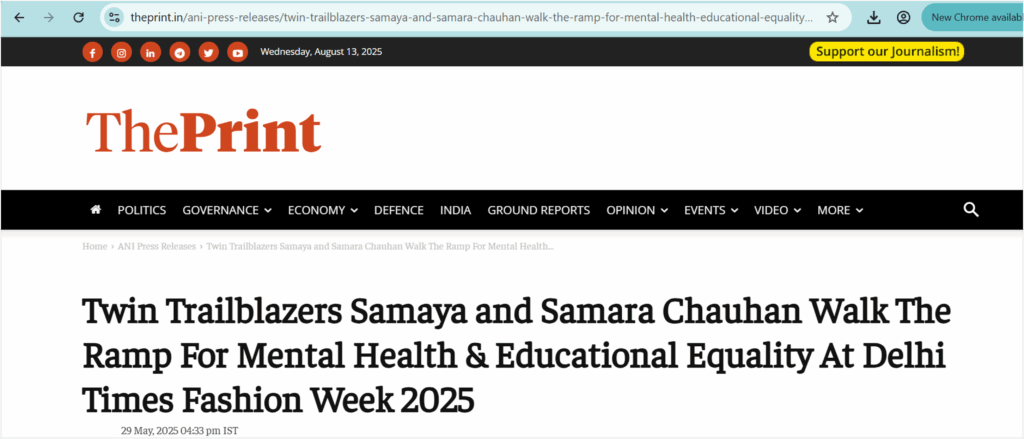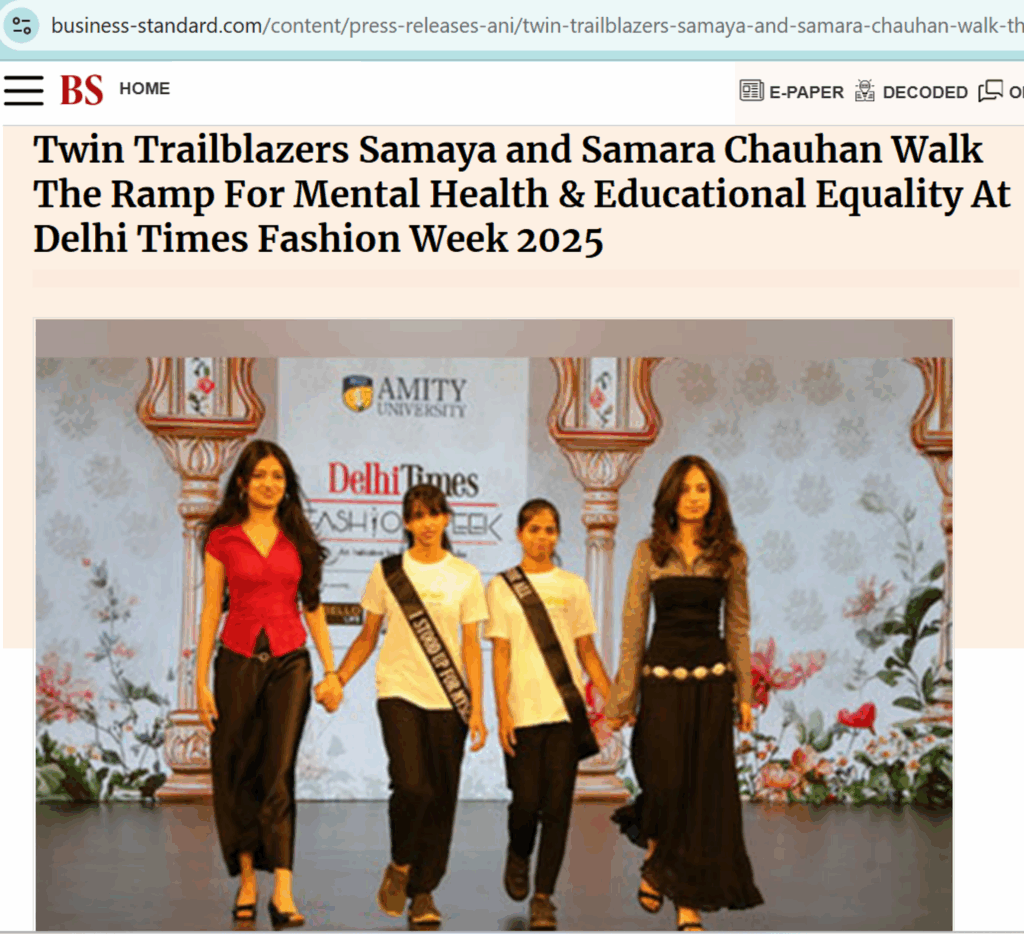Facts
251 million children and youth worldwide are out of school
Only 14% of low-income students score at or above proficient in reading, compared to 44% of their high-income peers.
Students in high-poverty schools are four times more likely to be taught by out-of-field or uncertified teachers than those in low-poverty schools.
